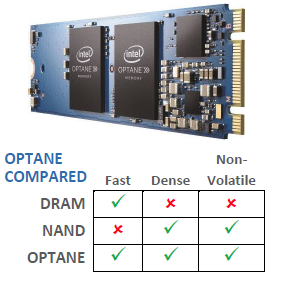Windows Server Software-Defined
Windows Server Features
All WSSD solutions deliver a fully validated hardware platform.
Security: Help protect against breaches
All solutions offer built-in security. Hyper-Converged Premium solutions add protection for virtual machines even if the host is compromised.
Compute: Right-size resources
Both hyper-converged solutions offer a Server Core option for host to help reduce resource usage and increase availability.
Networking: Speed up changes
All solutions take advantage of performance-enhancing networking technologies in Windows Server. Hyper-Converged Premium solution adds software-defined networking features to help to automate workload deployment with virtualized switching, routing, load balancing and firewalls— no configuration changes to the physical network needed. Prevent security vulnerabilities from spreading with micro-segmentation, access-control lists, and encrypted networks. Reduce costs with virtual appliances like the software load balancer and software gateway. Speed up your infrastructure with remote direct memory access (RDMA) and a data plane optimized for 40 gigabits per second and beyond.
Storage: Increase performance
All WSSD solutions offer Storage Spaces Direct, which easily exceeds 150,000 mixed 4k random IOPS per server with consistent low latency. Build software-defined storage from locally attached flash and hard drives. Ensure fault tolerance with distributed software resiliency and unlock unprecedented performance with built-in read/write caching and support for the latest NVM Express and persistent memory.
Management: Simplify it
All WSSD solutions enable you to deploy and manage software-defined features across infrastructure using PowerShell and Windows Admin Center. Provision virtual machines and storage, configure networking, monitor health and performance, and install updates in just a few clicks.
Hyper-V
The foundational hypervisor technology of the Microsoft cloud. Divvy up computing resources through virtualisation, run multiple Windows or Linux OS side-by-side, achieve high availability via clustering, and provide the most secure environment with shielded VMs on a guarded fabric.












